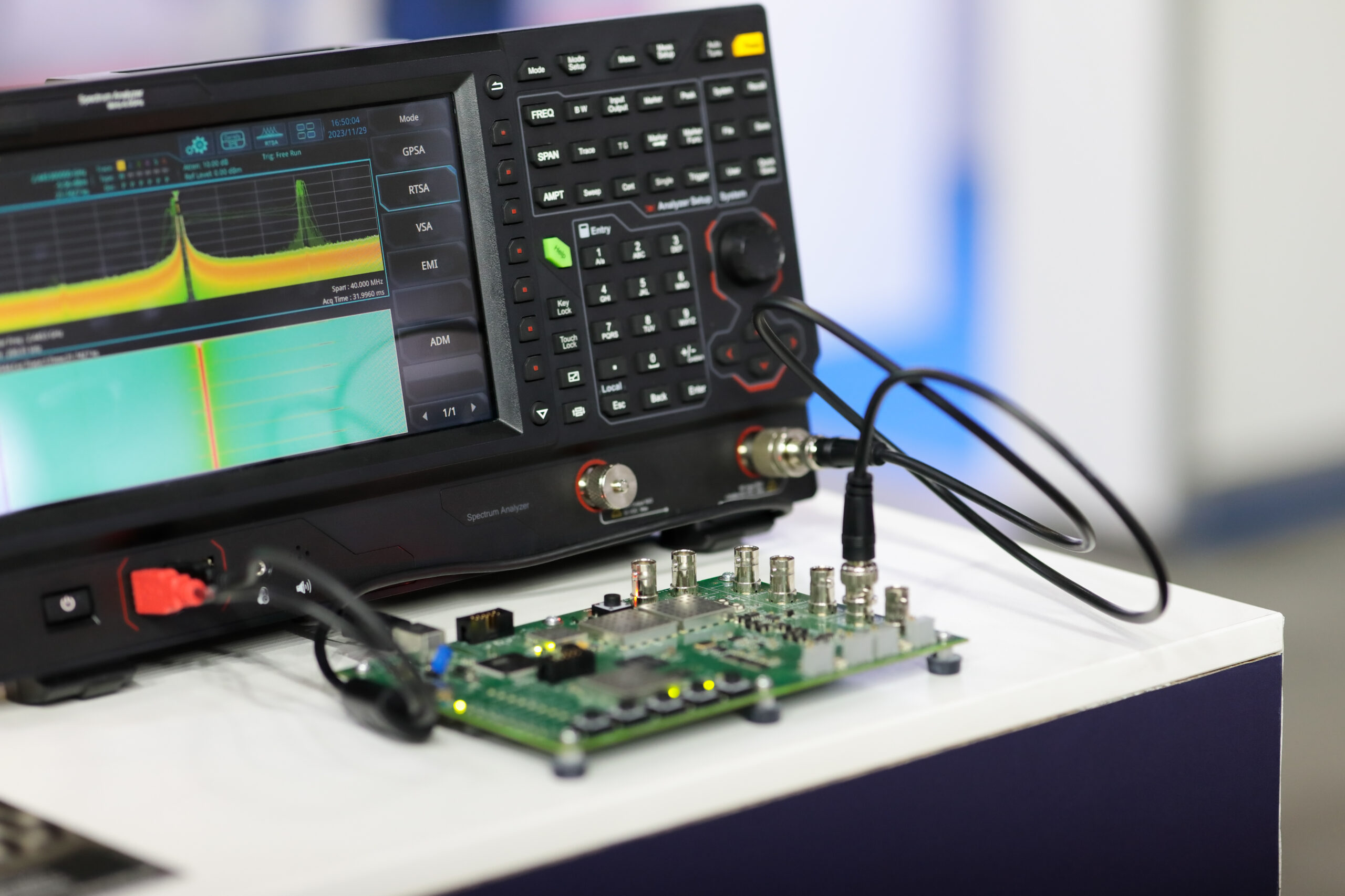Adjusting torque tools is vital for maintaining accuracy and safety in your work. If you’re uncertain when to adjust or how to troubleshoot discrepancies, you’re not alone. Understanding the right steps can prevent costly mistakes and guarantee your tools perform at their best. In this guide, you’ll uncover a clear process that can help you achieve reliable results.
Let’s explore the essential elements that make adjustment effective and efficient.
Understanding Torque Tools and Their Importance
Torque tools are fundamental instruments in many industries, from automotive to aerospace, where precision is essential.
You rely on quality torque wrenches to guarantee accurate readings and achieve proper torques for various applications. Without proper calibration of torque tools, you risk using an uncalibrated torque wrench, which can lead to disastrous outcomes.
Precise measurements are key to meet torque specifications, and the consequences of failure can be severe. That’s why selecting high-quality torque wrenches is paramount.
When to Calibrate Torque Tools
Knowing when to adjust your torque tools is essential for maintaining accuracy and safety in your operations. Regular calibration guarantees your tools meet industry standards and deliver precise torque control.
The frequency of calibration depends on several factors, including usage levels and environmental conditions. Typically, follow recommended calibration intervals to prevent deviations in torque settings that can lead to improper torque values.
Look for signs that a tool needs calibration, such as inconsistent readings or physical damage. Performing a quality assurance check can help identify any issues before they escalate.
EML’s Step-by-Step Calibration Process
When it comes to ensuring your torque tools perform at their best, understanding EML‘s step-by-step adjustment process is essential.
Start by setting up the adjustment workstation and verifying your calibration equipment for accuracy. EML’s adjustment process includes a thorough assessment of your torque tools, ensuring they meet precise torque specifications.
You’ll go through measurement procedures at various test points to identify any discrepancies. If changes are needed, EML employs adjustment and correction methodologies to bring your tools back to peak performance.
Finally, verification testing confirms that your torque wrenches are adjusted correctly, ready for reliable use. Trust EML’s torque wrench adjustment service for accurate and efficient torque adjustments every time.
Common Challenges and EML’s Solutions
Adjustment isn’t without its challenges, and EML is well-prepared to tackle them head-on. You might encounter inconsistent readings from torque analyzers or issues related to the intricacies of torque wrenches, like spring tension or loose screws.
EML addresses these problems with a wide range of solutions, ensuring that your square drive and other tools meet precise specifications. When adjustment reveals mechanical issues, EML’s technicians quickly troubleshoot and resolve them, maintaining your tools as precision instruments.
Additionally, EML controls environmental factors that can affect adjustment outcomes, ensuring accuracy throughout the assembly process. With their expertise, you can trust that your torque tools will be adjusted correctly, enhancing your operational efficiency.
EML’s Calibration Documentation and Traceability
To guarantee your torque tools maintain their accuracy and compliance, EML prioritizes thorough calibration documentation and traceability.
Each calibration comes with a detailed certificate outlining the results, methods used, and equipment details. This guarantees you have a clear record of your tool’s performance.
EML establishes traceability to NIST standards, guaranteeing your tools meet regulatory requirements. Our digital documentation systems keep all records organized and easily accessible, making audits straightforward for you.
With EML’s commitment to maintaining extensive records, you can rest assured that your calibration history is always audit-ready. This level of documentation supports your compliance efforts and improves your operational reliability, giving you confidence in the tools you use every day.
Why Calibrating Torque Tools Are Your Best Investment
To sum up, adjusting torque tools is essential for maintaining accuracy and safety in your work. By following EML‘s step-by-step process and understanding when to adjust, you can guarantee your tools perform reliably.
Don’t forget to document your results for traceability and compliance. Remember, a properly adjusted tool not only improves your efficiency but also protects you and your equipment. So, make adjustment a regular part of your routine to keep everything running smoothly.





